Will Microsoft Edge actually get some good extensions?
Redmond shares Edge browser plans for 2016

Microsoft plans to bring more extensions to its Edge browser, admitting previous efforts have been "unreliable and insecure".
Creation of a new extensions platform for Microsoft Edge is the top priority for 2016, Microsoft confirmed in a blog post about planned improvements to EdgeHTML, the software Edge is built on.
Jason Weber, director of program management for Microsoft Edge, said his team will create a modern extensions platform to replace "the often unreliable and insecure native add-ons of the past".
This platform will be powered by familiar web technologies and will be managed through the Windows Store.
Extensions are additional software that users can install on their browser to enable it to perform more actions, like displaying weather information or allowing the users to screenshot an entire webpage.
They are the most requested feature for Edge, Weber admitted, and are already a common feature of browsers such as Chrome and Firefox.
Next on the Edge team's list priorities is accessibility, which is described as a "Microsoft-wide priority". Weber said his team is "devoting more resources than ever" to assistive technologies in Microsoft's Internet Explorer successor.
Get the ITPro daily newsletter
Sign up today and you will receive a free copy of our Future Focus 2025 report - the leading guidance on AI, cybersecurity and other IT challenges as per 700+ senior executives
He added that Microsoft would modernise its accessibility system to support HTML5 and CSS3 on Windows 10 and improve the visual impairment readability and selection features a goal which may incorporate Microsoft's recently announced Learning Tools technology.
Improving the fundamentals of its browser is another key priority for the Edge team this year - focusing on JavaScript and Flash.
Weber said Microsoft would "lead the industry in JavaScript benchmark performance", throwing down the challenge to rival browser-makers. "Good luck catching us," he said.
Adobe Flash has traditionally been a source of irritation for users of Microsoft's browsers, impacting performance and exposing users to security vulnerabilities.
Weber said Microsoft is working on isolating Adobe Flash into a separate process and allowing unnecessary content to be paused. This should give users more control over the Flash content that plays.
Microsoft is also exploring a selection of up-and-coming web standards including ES2016 Modules, Fetch API, and WOFF 2.0 with the intention of future-proofing the Edge browser as web technologies continue to evolve.
"Our goal is to find the right approach to implementing new web standards features that may undergo rapid evolution, potentially causing unneeded turbulence for web developers (eg Flexbox or WebRTC/ObjectRTC), or may gather popularity and then be abandoned for various reasons (eg Object.observe() or SMIL)," said Weber.
Furthermore, Microsoft intends to make more effort to engage with its community engagement, and make it easier for developers to share and track interoperability issues.
Microsoft's Edge predecessor, Internet Explorer, remains one of the most widely used browsers today, despite developing an infamous reputation for poor security. Last month, cut off support for IE 8, 9 and 10, and encouraged users to migrate to its Edge browser.
-
 Bigger salaries, more burnout: Is the CISO role in crisis?
Bigger salaries, more burnout: Is the CISO role in crisis?In-depth CISOs are more stressed than ever before – but why is this and what can be done?
By Kate O'Flaherty Published
-
 Cheap cyber crime kits can be bought on the dark web for less than $25
Cheap cyber crime kits can be bought on the dark web for less than $25News Research from NordVPN shows phishing kits are now widely available on the dark web and via messaging apps like Telegram, and are often selling for less than $25.
By Emma Woollacott Published
-
 New Microsoft Teams features for business users
New Microsoft Teams features for business usersIn-depth All the latest Microsoft Teams features after the platform is given a redesign, complete with an AI-powered assistant and a faster engine
By Danny Bradbury Published
-
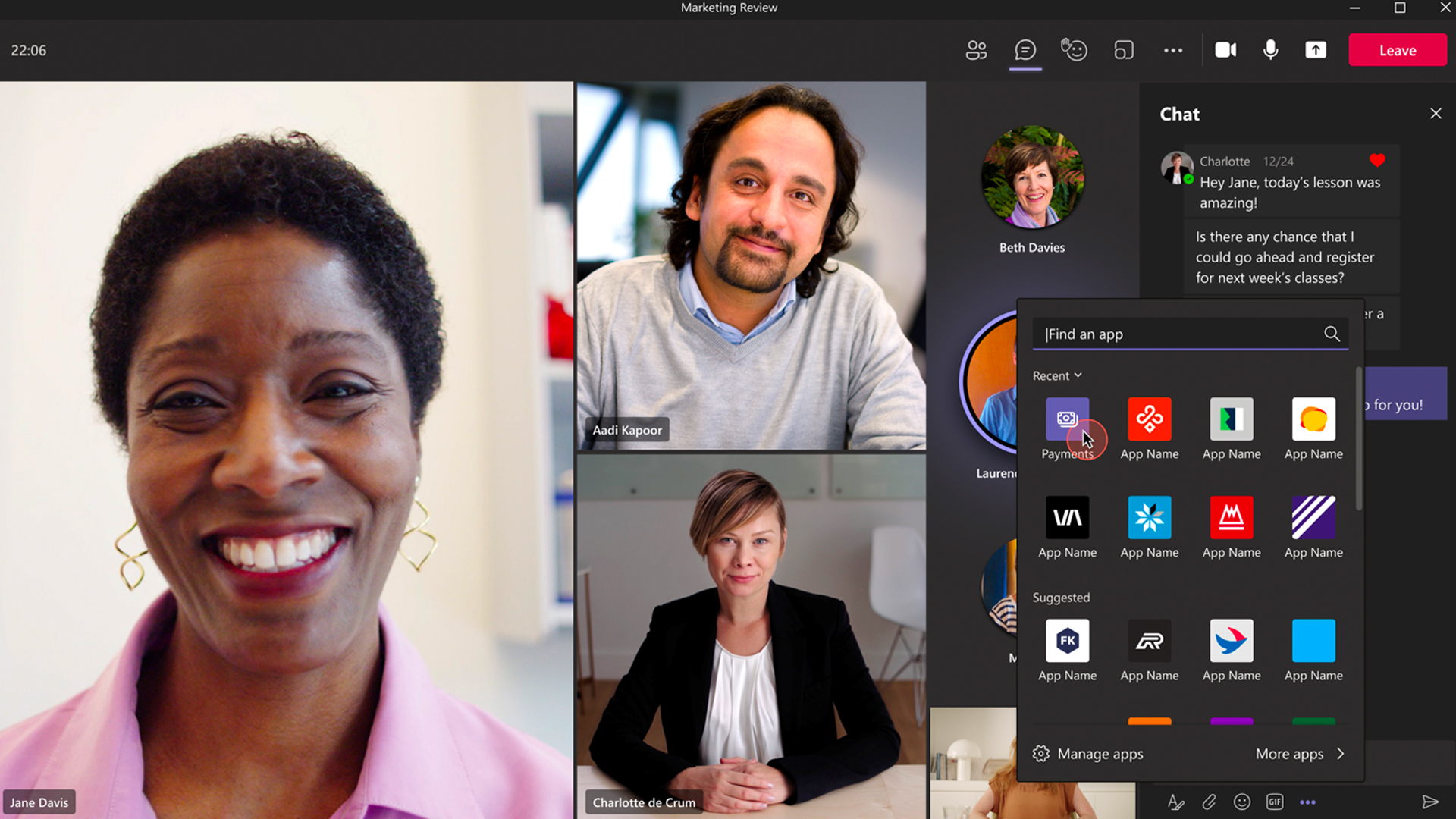 Microsoft Teams now allows SMBs to collect payments in meetings
Microsoft Teams now allows SMBs to collect payments in meetingsNews With the help of PayPal, Stripe, and GoDaddy, the Microsoft Teams Payments app offers in-meeting payment requests
By Connor Jones Published
-
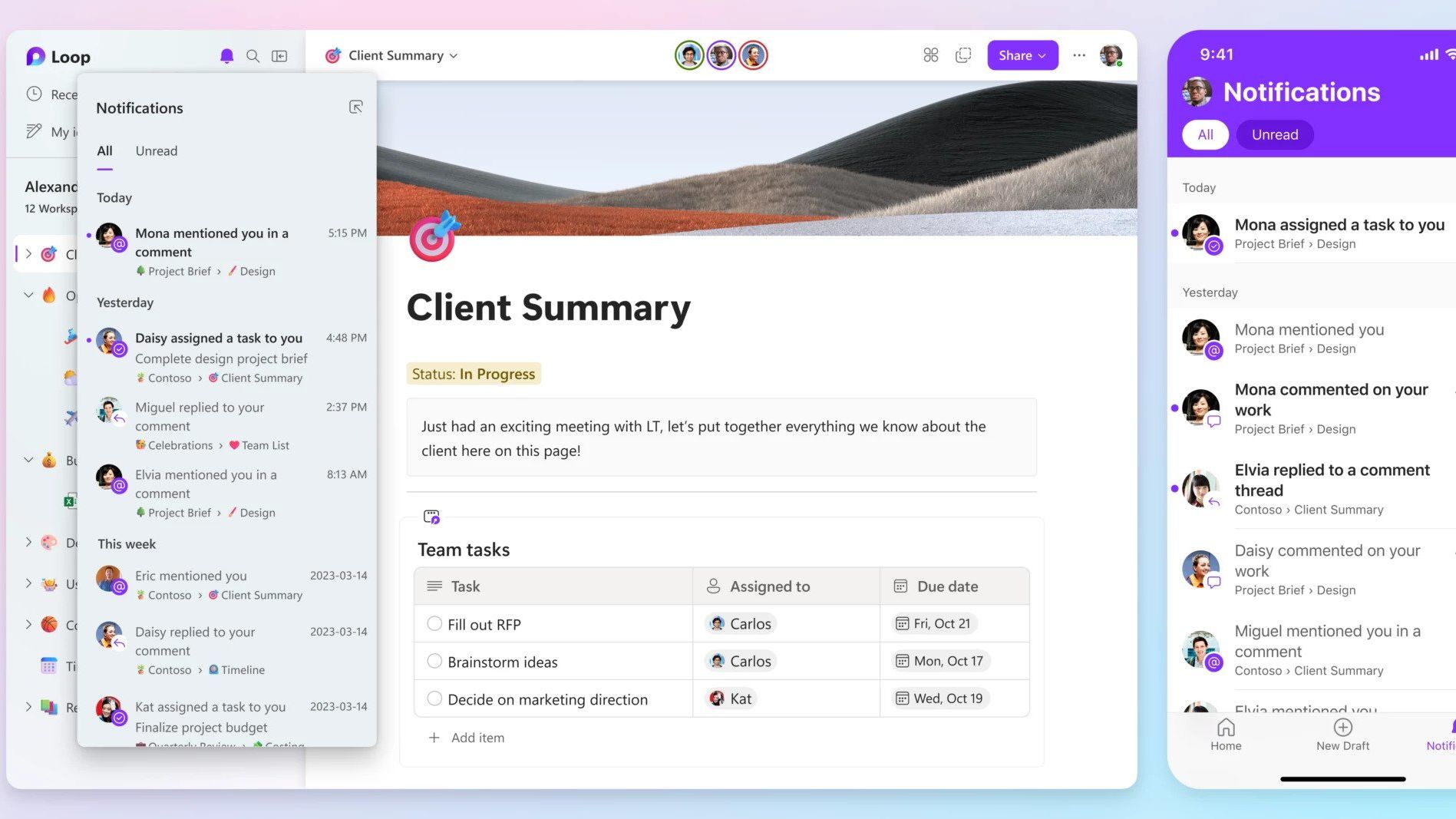 Microsoft launches collaboration platform Loop, its answer to Notion
Microsoft launches collaboration platform Loop, its answer to NotionNews Greater collaboration tools are coming to the Microsoft 365 suite, aiming to help teams work together without having to jump between different apps
By Zach Marzouk Published
-
 Meta Quest Pro preview: Meet Meta's 'laptop killer'
Meta Quest Pro preview: Meet Meta's 'laptop killer'Opinion We go hands-on with the Meta Quest Pro, as the firm banks on turning hardware preferences upside down
By Bobby Hellard Published
-
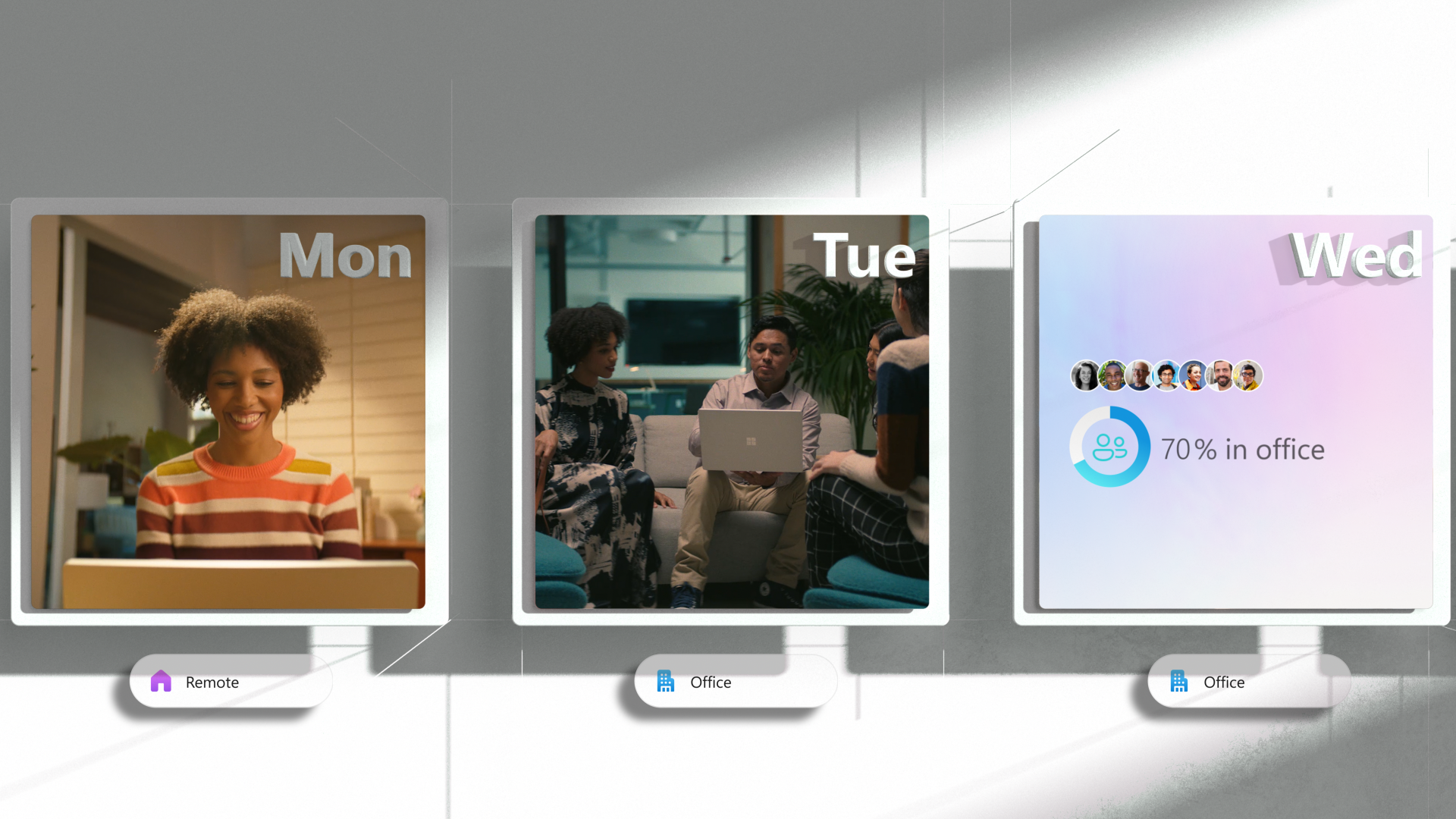 Microsoft launches Places, includes GPS-style navigation to help find meeting rooms
Microsoft launches Places, includes GPS-style navigation to help find meeting roomsNews The new app built specifically for organisations adopting a permanent hybrid work model brings new features to manage people and the workplace itself
By Connor Jones Published
-
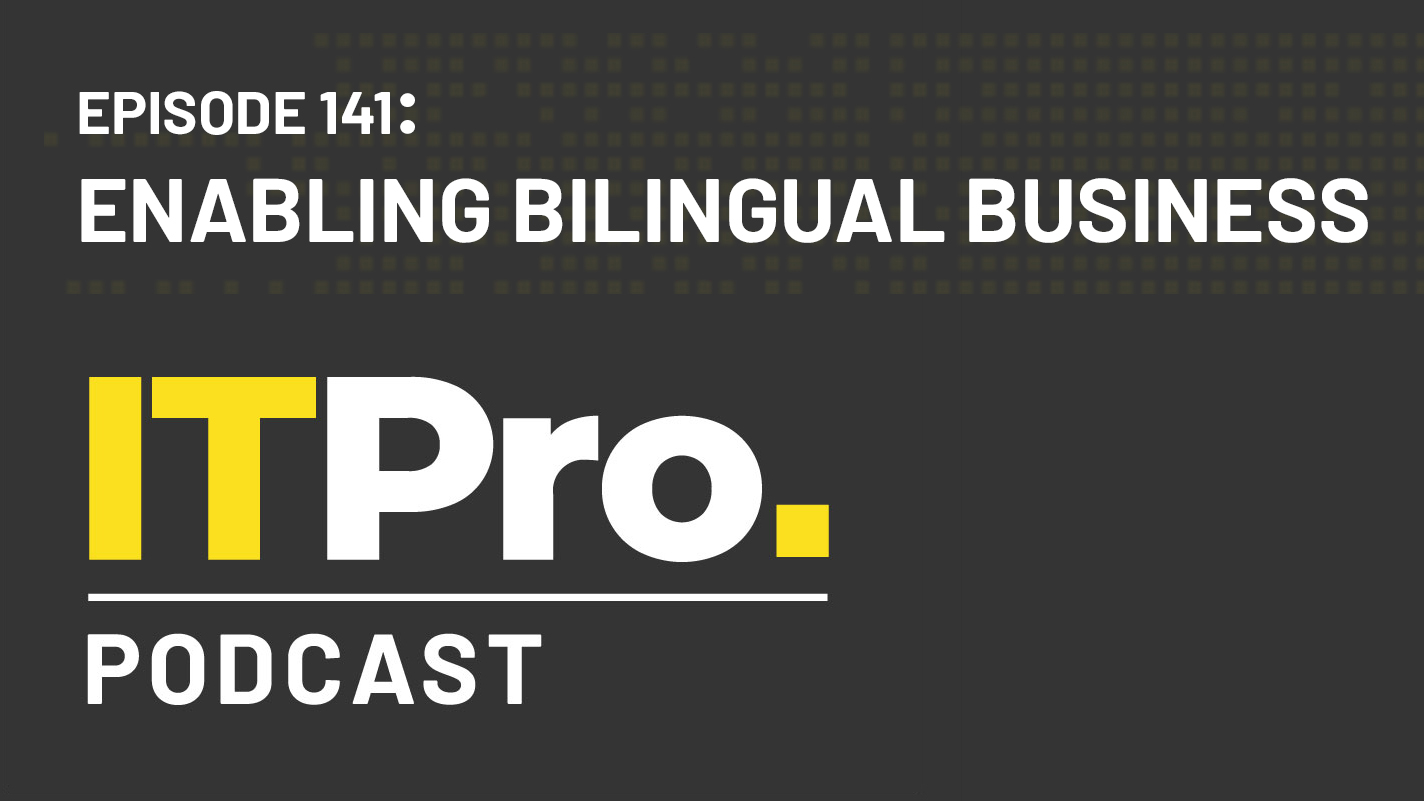 The IT Pro Podcast: Enabling bilingual business
The IT Pro Podcast: Enabling bilingual businessIT Pro Podcast How Wales is using digital tech to deliver a greater choice of languages
By IT Pro Published
-
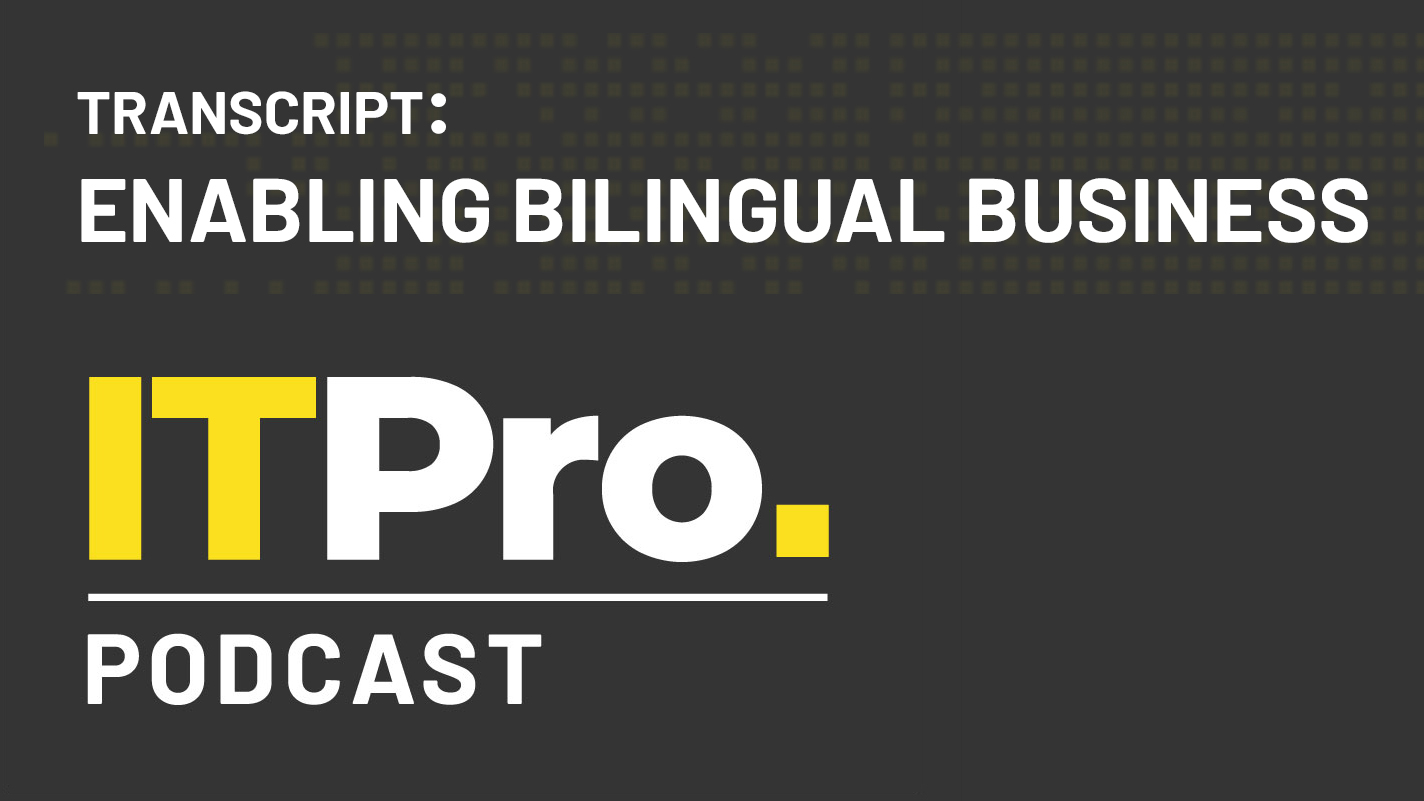 Podcast transcript: Enabling bilingual business
Podcast transcript: Enabling bilingual businessIT Pro Podcast Read the full transcript for this episode of the IT Pro Podcast
By IT Pro Published
-

 Qnap KoiBox-100W review: An intriguing alternative
Qnap KoiBox-100W review: An intriguing alternativeReviews A versatile and affordable videoconferencing solution with great wireless screen presentation features
By Dave Mitchell Published